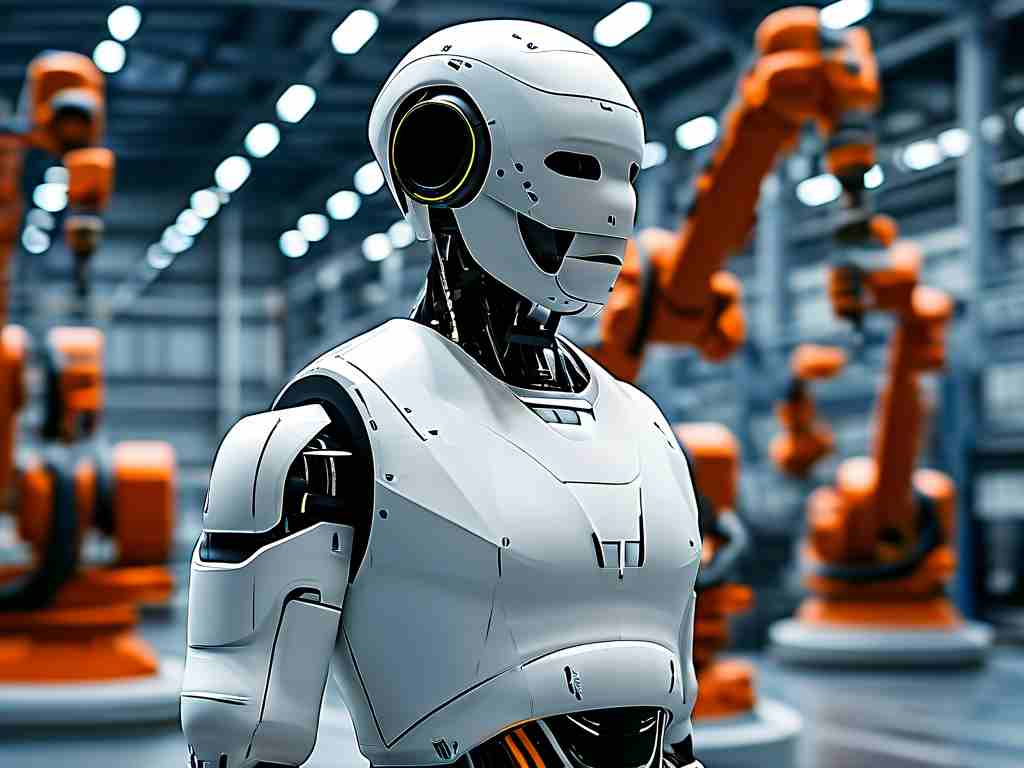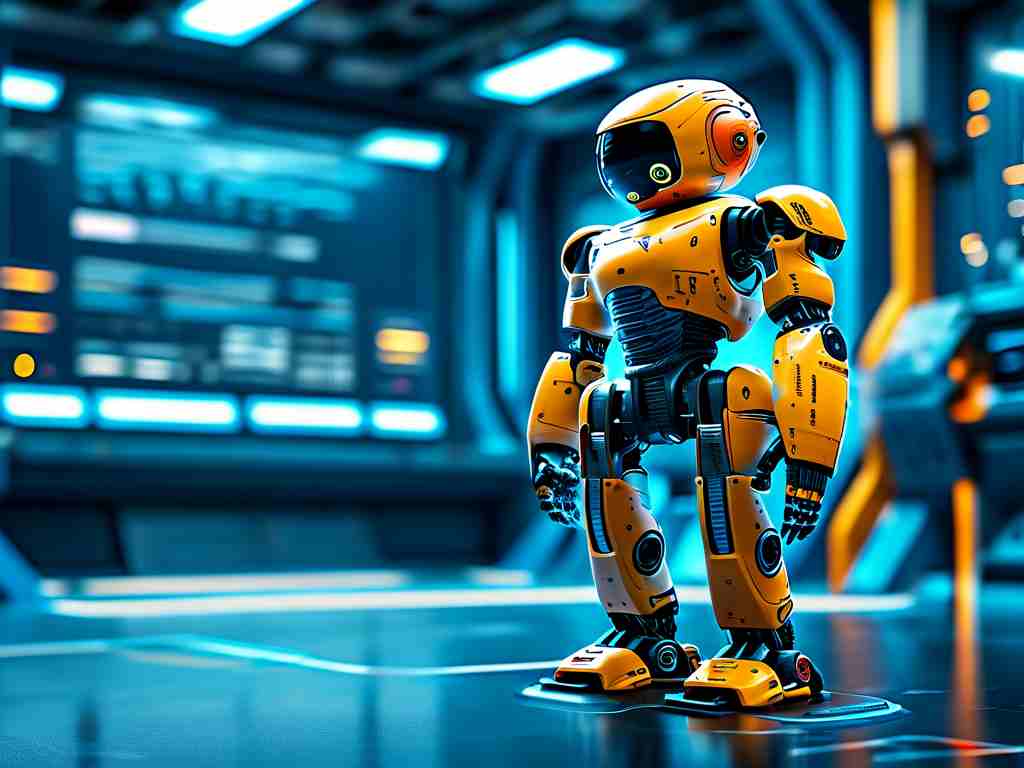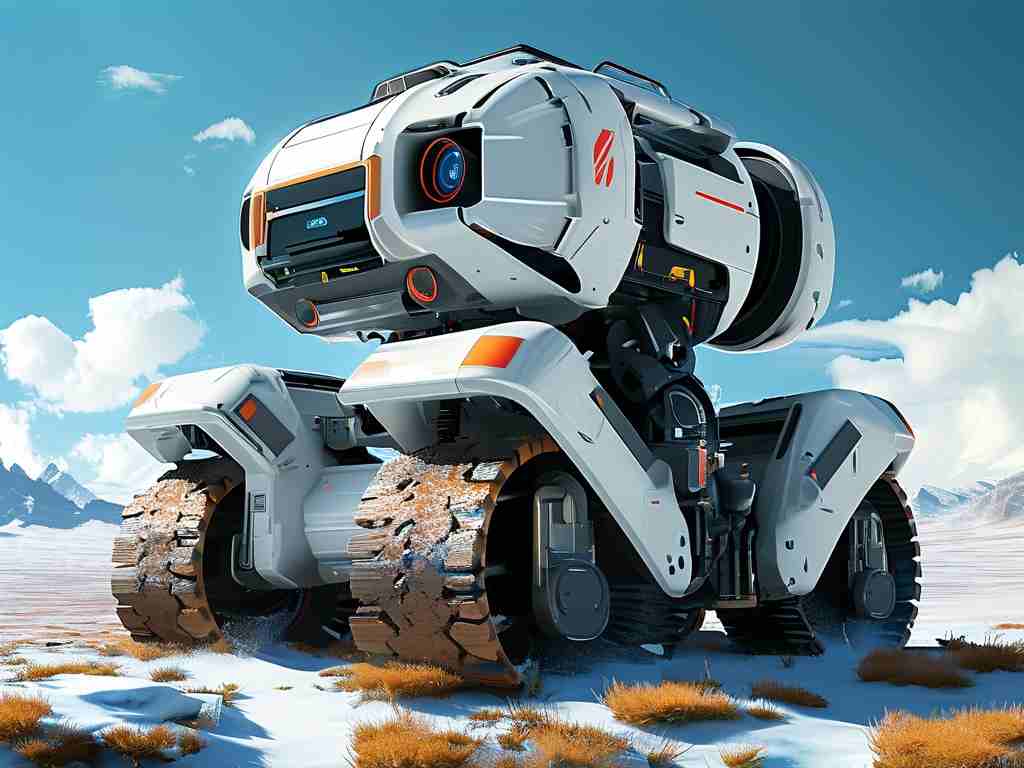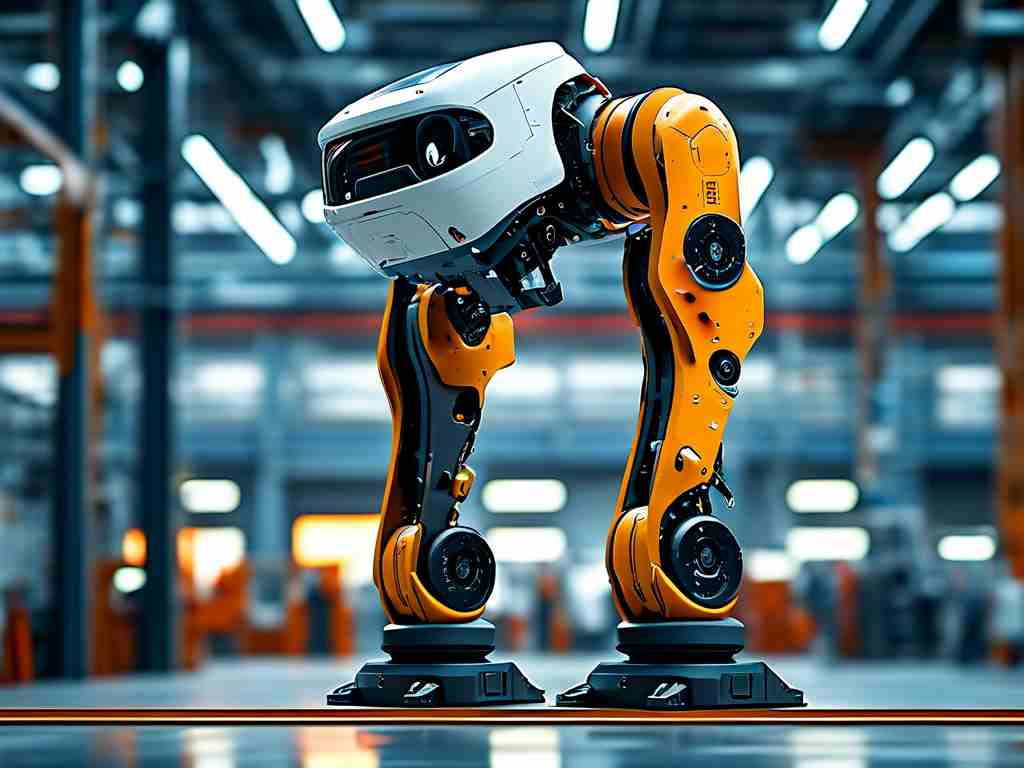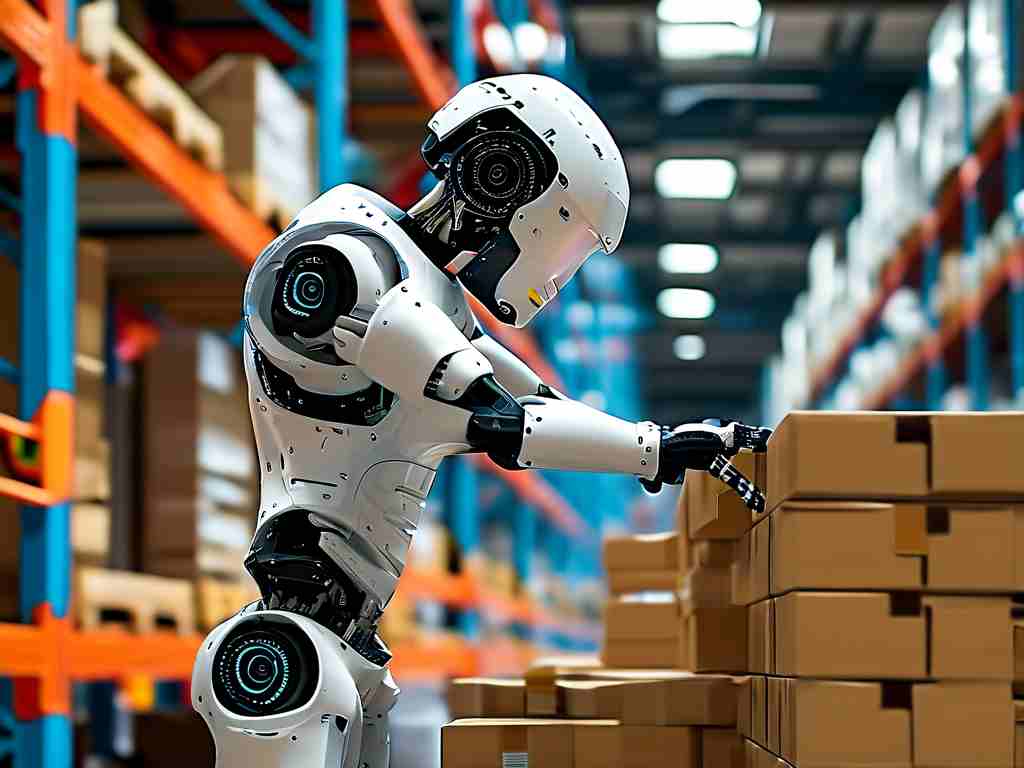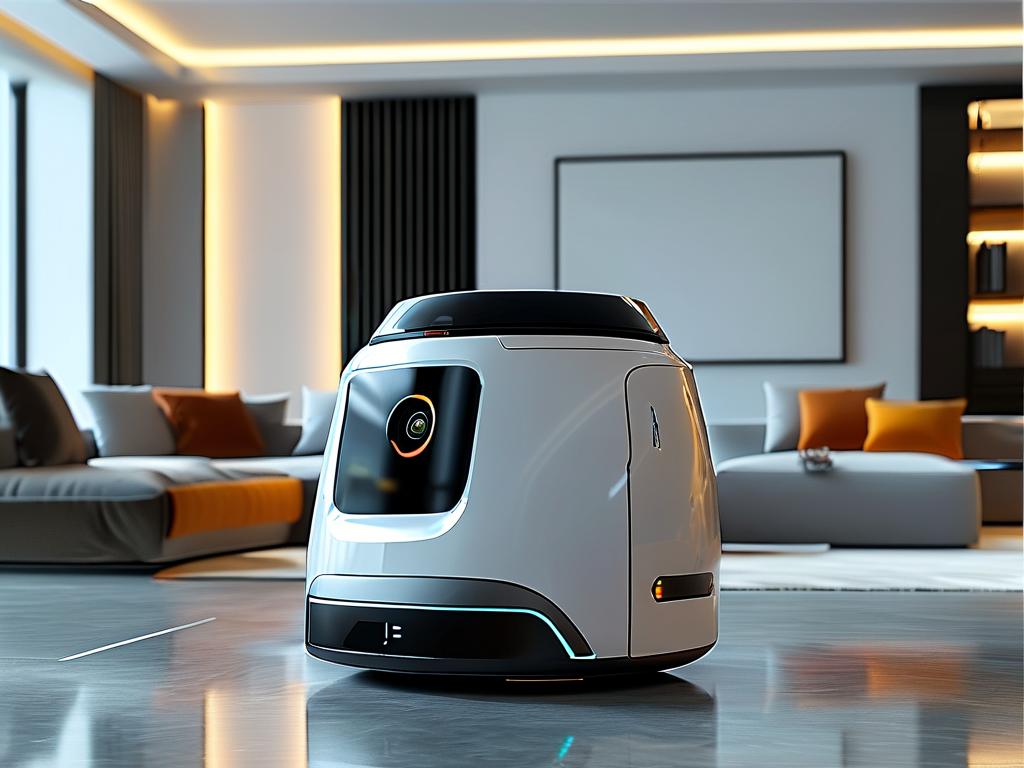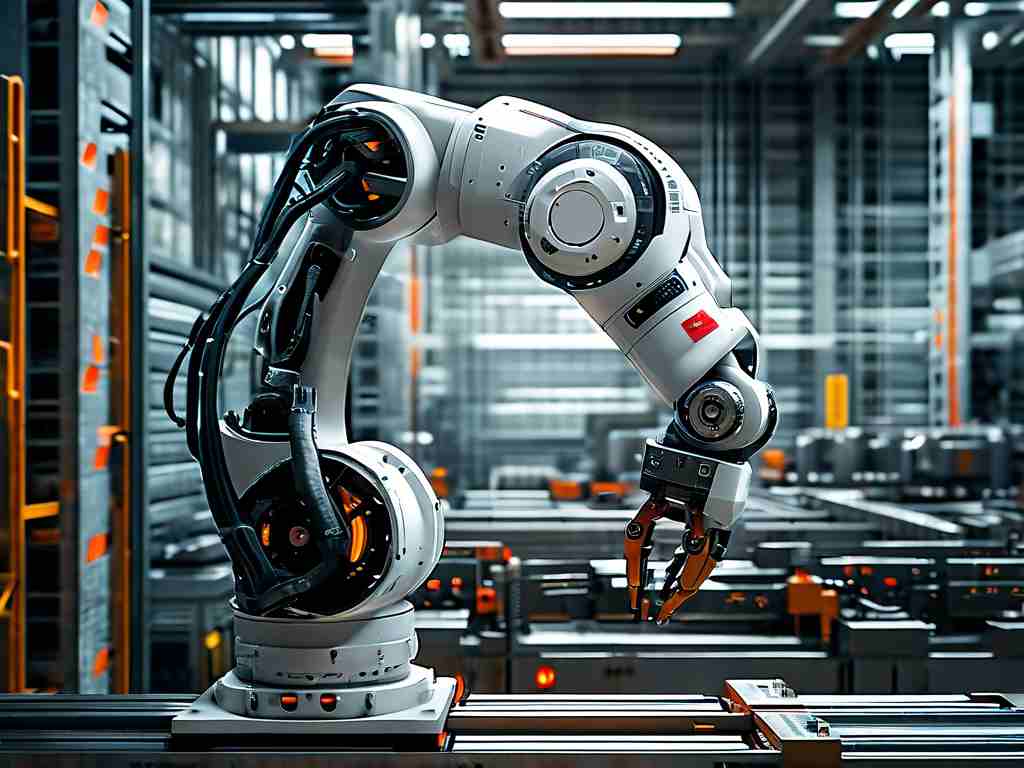The integration of robotics into die-casting processes has revolutionized manufacturing industries by enhancing precision, efficiency, and scalability. This article delves into the technical foundations of robotic die-casting systems, their operational advantages, and real-world implementations across diverse sectors.
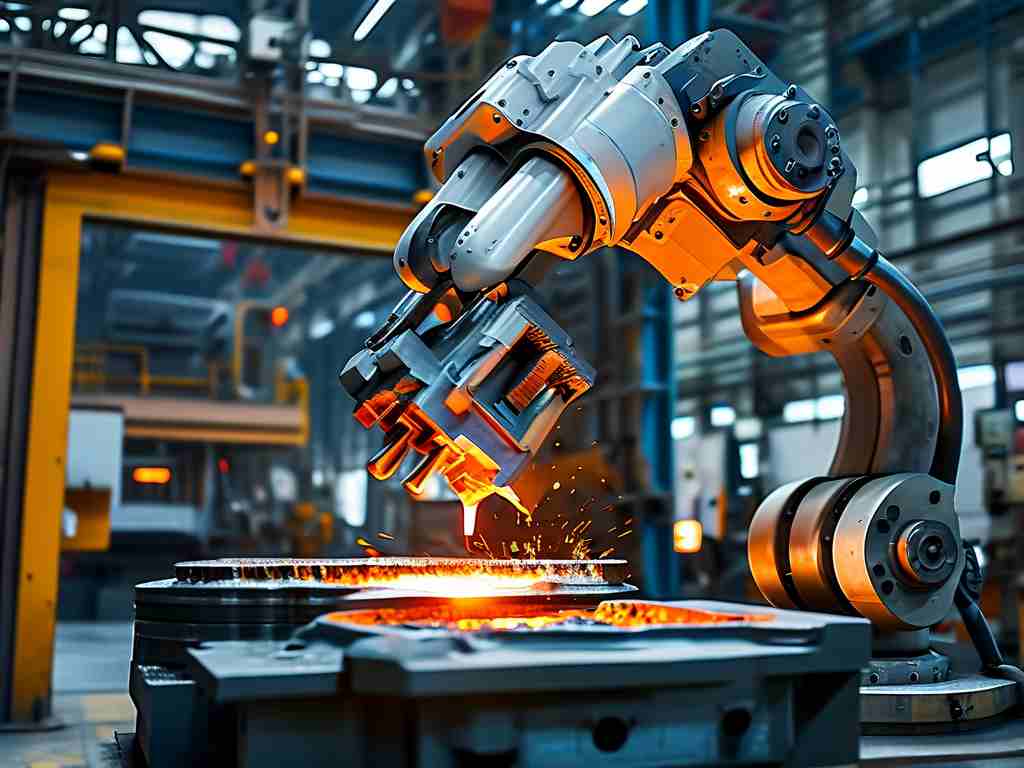
Fundamentals of Robotic Die-Casting
Robotic die-casting combines automated machinery with traditional metal-forming techniques to produce high-quality components. At its core, the process involves injecting molten metal—typically aluminum, zinc, or magnesium alloys—into reusable steel molds under controlled pressure. Industrial robots equipped with specialized end-effectors handle tasks such as mold spraying, part extraction, and quality inspection. Unlike manual operations, robotic systems execute these steps with micron-level accuracy, minimizing human error and material waste.
Modern systems integrate sensors and machine vision to monitor variables like temperature and injection speed. For instance, thermal cameras detect mold surface irregularities, while force-torque sensors adjust robotic movements during part handling. This synergy between hardware and software ensures consistent output even for complex geometries.
Operational Advantages
-
Precision and Repeatability
Robotic arms achieve positional accuracy within 0.05mm, critical for aerospace and automotive components requiring tight tolerances. A study by the International Die-Casting Association revealed that robotic systems reduce defect rates by 62% compared to semi-automated setups. -
Enhanced Productivity
By automating repetitive tasks, robots operate 24/7 with minimal downtime. A automotive parts manufacturer reported a 40% increase in output after deploying collaborative robots (cobots) for secondary operations like trimming and deburring. -
Worker Safety
Removing humans from hazardous environments—such as high-temperature zones or heavy machinery—reduces workplace injuries. Advanced systems feature collision detection and emergency stop protocols for added safety.
Industry Applications
Automotive Manufacturing
Electric vehicle (EV) producers leverage robotic die-casting for battery housings and structural frames. Tesla’s Giga Press, a 6,000-ton casting machine operated by synchronized robots, produces rear underbody assemblies in under 90 seconds—a process that previously required 70 individual parts.
Consumer Electronics
Smartphone manufacturers use compact robotic cells to craft aluminum alloy casings. These systems perform micro-die-casting for features as thin as 0.3mm while maintaining EMI shielding properties.
Aerospace
Turbine blade production benefits from robotic precision, ensuring aerodynamic profiles meet strict certification standards. Hybrid systems combining 3D printing and die-casting enable rapid prototyping of heat-resistant nickel alloys.
Challenges and Innovations
Despite its benefits, robotic die-casting faces hurdles like high initial costs and the need for skilled programmers. However, modular robotic systems now offer plug-and-play configurations, reducing setup time by 30%. Machine learning algorithms further optimize cycle times by analyzing historical production data.
A breakthrough in self-lubricating molds has extended tooling life by 200%, addressing wear caused by high-pressure injections. Meanwhile, cloud-based monitoring platforms enable real-time adjustments across global facilities.
Future Outlook
The next frontier involves AI-driven predictive maintenance and fully autonomous foundries. Researchers at MIT recently demonstrated a robotic system that self-calibrates based on molten metal viscosity changes, hinting at adaptive manufacturing ecosystems. As sustainable practices gain traction, closed-loop recycling integrated with die-casting robots will minimize material waste.
In , robotic die-casting stands as a cornerstone of Industry 4.0, blending mechanical engineering with digital intelligence. Its continued evolution promises to reshape manufacturing paradigms, delivering smarter, greener, and more cost-effective solutions.


